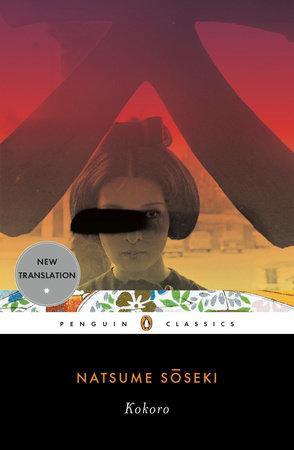

And it all starts in the first paragraph. Soseki accomplishes this through a pattern of echoes of repetitions that illuminate for the reader humanity’s inherent moral frailty and how it shapes our existence. Originally published in 1914 and recently reissued by Peter Owen Publishers, Kokoro is a novel that quietly lures you in, creates and develops complexities from scene to scene until you are wholly engaged, and then rewards your expectations with answers and more questions. Could this really be the novel Japanese readers chose as their favorite in a recent poll? Perhaps readers unfamiliar with Natsume Soseki’s plain writing and who have a taste for a more elaborate style would start to doubt whether this novel would be able to pack any emotional wallop.

On a first reading the scene may only appear notable because the reader, informed by the jacket copy, knows that the relationship between the narrator and Sensei is one of the novel’s major elements those acquainted with the Meiji period–in which this novel takes place and during which Japan became Westernized at a dramatic rate–would also duly note the foreigner’s presence. It’s a simple opening done in a consistently plain prose that avoids flourishes, characteristic of Japanese translations into English. His traveling companion, a fellow student, had returned home to attend to a sick mother, and after a swim on the beach the narrator notices a Westerner who stands out because he was not in modest Western swimwear but in his drawers like the locals this man, Sensei, disrobes.

The nameless narrator, pen in hand, recollects the first moment he met Sensei on a summer holiday in Kamakura, a popular getaway.


 0 kommentar(er)
0 kommentar(er)
